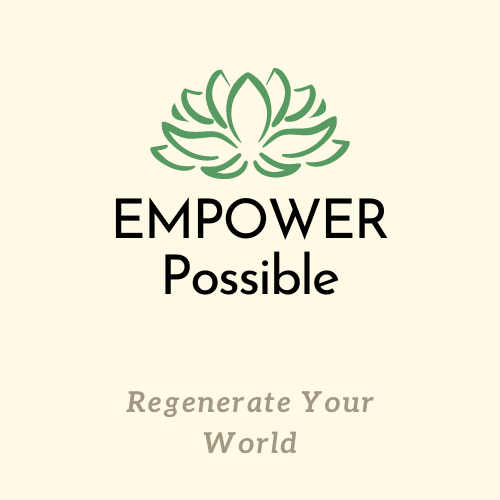Dear Empowered Reader,
It’s easy to find ourselves chasing happiness-always reaching for the next milestone, the next achievement, or the next “perfect” moment. This month, let’s pause to explore a quieter, more sustainable companion on our journey: contentment.
Contentment vs. Happiness: What’s the Difference? Happiness is often seen as a fleeting, high-energy emotion-sparked by external events like promotions, new relationships, or exciting experiences. It’s wonderful, but it’s also temporary. Contentment, on the other hand, is a steady, internal state-a sense of peace and acceptance with life as it is, right now. Unlike happiness, contentment doesn’t require external validation or perfect circumstances. It’s about embracing the fullness of our human experience, accepting both the joyful and the challenging moments.
“Contentment is the underlying acceptance of what it means to be human, an unconditional love for all of life’s experiences, without the need for anything more than what is here right now.”
Recent research shows that contentment is a unique positive emotion, distinct from happiness or joy. Content people tend to be calmer, more present, and less driven by the urge to acquire more. They’re also more self-accepting and satisfied with life overall.
Have you ever noticed how quickly the thrill of a new success fades, replaced by the urge to chase the next goal? This is the “hedonic treadmill” in action. Psychologists describe it as our tendency to return to a baseline level of happiness, no matter what happens-good or bad. We adapt to new circumstances, and the emotional high wears off, prompting us to seek out new sources of pleasure or achievement.
While this adaptation helps us survive life’s ups and downs, it can also trap us in a cycle of “never enough.” Fortunately, research suggests that our well-being isn’t entirely fixed. With intention and practice, we can shift our set point and cultivate greater contentment in daily life.
Contentment doesn’t mean settling or giving up on growth. It means appreciating what’s here, even as we strive for more. Here are some ways to practice:
Take time each day to reflect on your abundance-relationships, skills, and simple pleasures. Gratitude journaling is a powerful tool.
Invest in meaningful activities and connections rather than material possessions. Shared experiences and learning new skills bring lasting satisfaction.
Rest, nourish your body, and make space for creative hobbies. These practices replenish your energy and foster a sense of fulfillment.
Try a brief daily meditation or simply pause to savor a cup of tea. Mindfulness grounds us in the present, where contentment lives.
Volunteer, join a club, or reach out to a friend. Supporting others and building connections enhances our sense of meaning and belonging.
When I began my first role as a wellness coordinator, I felt intense pressure to make sweeping changes. Remembering the philosophy of Kaizen-continuous, incremental improvement started with a five-minute daily meditation. Over time, this simple habit helped me to respond instead of react to situations and stay in a non-judgement. It reminded me that contentment is built one small step at a time, not in grand leaps.
Recently, after a long week, I joined a friend for a walk instead of tackling my endless to-do list. We laughed, shared stories, and enjoyed the spring air. I realized that these moments-simple, unplanned, shared-bring a deep sense of contentment that no achievement or purchase could replace.
Reflection Questions
What aspects of your life bring you genuine contentment?
How can you shift your focus from pursuing happiness to appreciating the present?
What small changes can you make to increase your daily contentment?
Affirmation “I find joy and fulfillment in the present moment.”
EMPOWER Possible Connection:
The “E” in EMPOWER stands for Engage with yourself, your community, and your present reality. Practicing contentment is an act of engagement: it asks us to show up fully, to notice the richness of our lives, and to participate in each moment without waiting for “perfect” conditions. By engaging with what is, rather than what could be, we build resilience, foster connection, and unlock our capacity for joy and fulfillment.
Let’s continue to support one another in this journey-sharing our stories, celebrating our progress, and practicing the art of contentment together.
What’s one small way you’ll cultivate contentment this week? Reply and share your story! info@empowerpossible.com
Take care, dear reader,
Julie Zaruba Fountaine
Founder, Empower Possible
| 